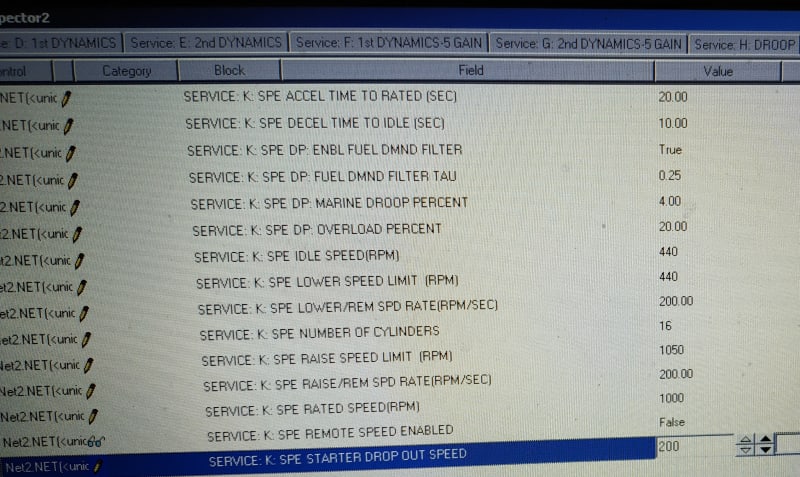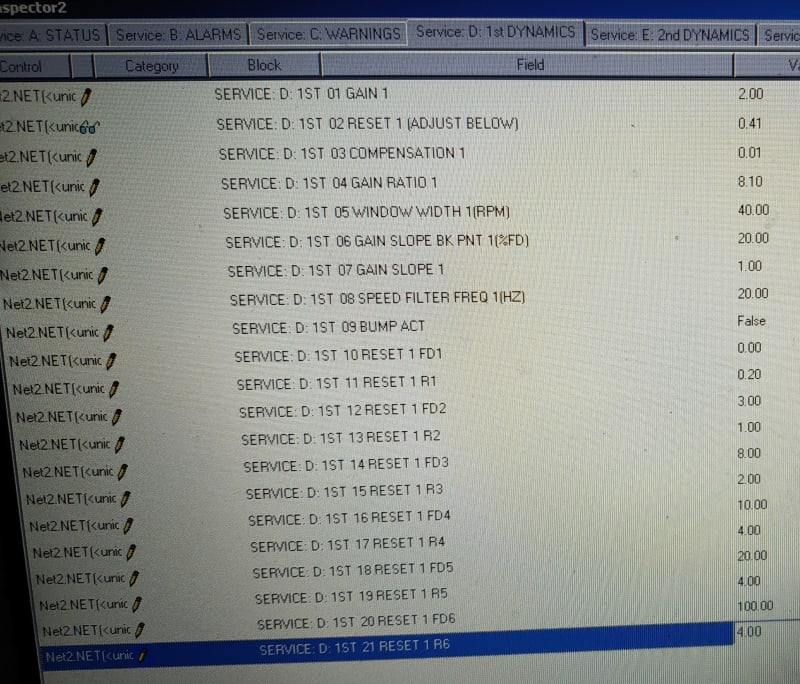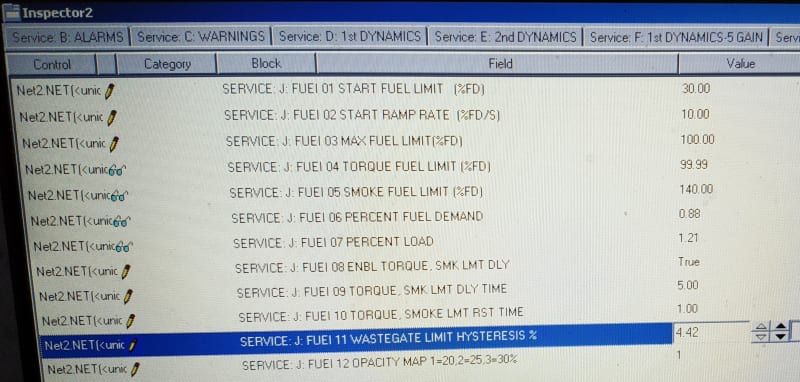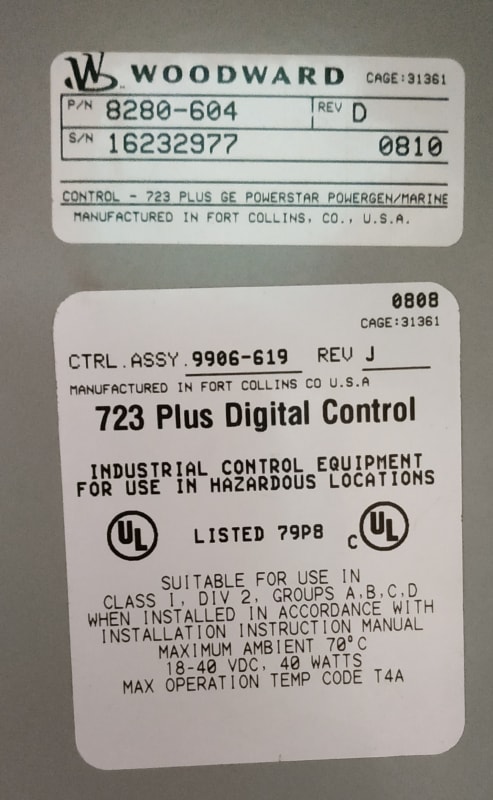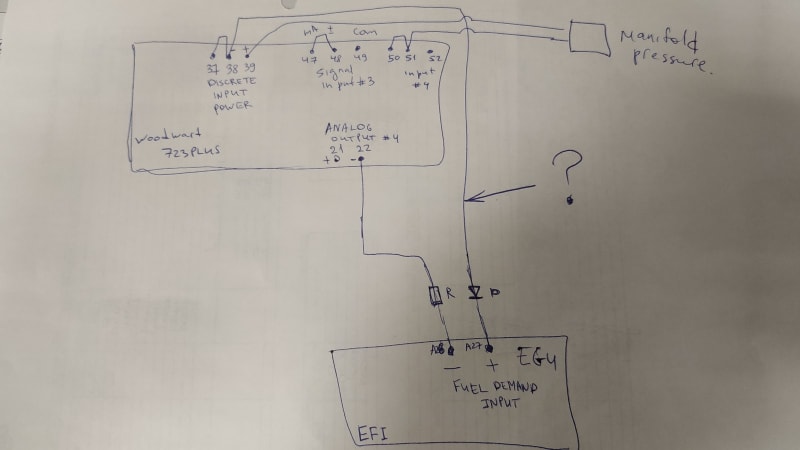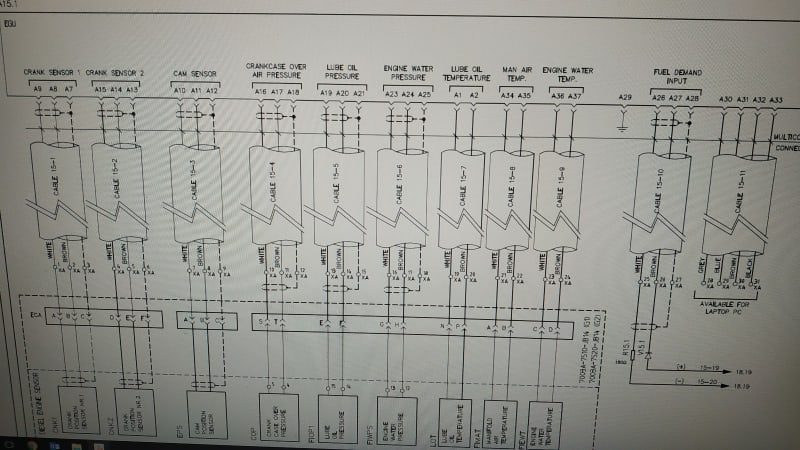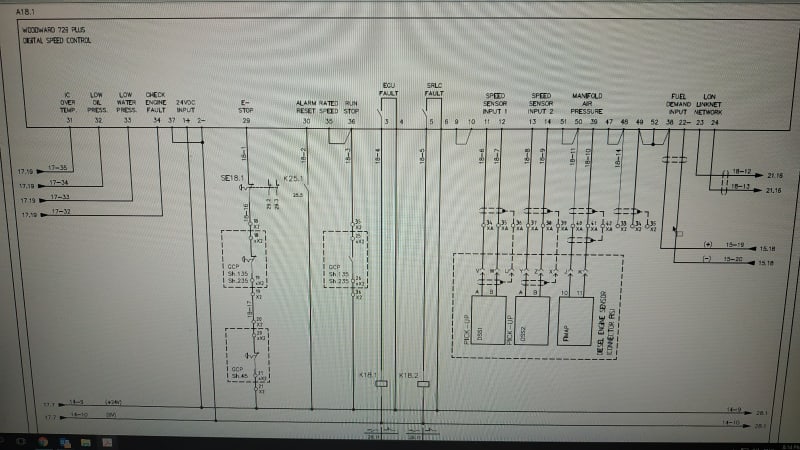ViCH
Electrical
- Jan 9, 2020
- 74
Hi everyone.. Please assist on my brainstorm...
DieselGenset 11kV 50Hz 3.3MVA
It was fully commissioned in 2011 and used for emergency cases and plant Turnaround activities. Working Load was about 1.1-1.2MW (40-45%).. Last year we got some new facilities, and load increased. So we noticed, that on 1.3-1.4MW frequency start jumping from 52 to 47 Hz.. If we add some more load - it trips by underfrequency. Fuel filters are clean, injectors replaced, valves clearness calibrated, electronic governor have no alarms.. on 1.1-1.2Mw frequency stable. It looks like "memory effect"... Any ideas? Please ask if any additional info required..
DieselGenset 11kV 50Hz 3.3MVA
It was fully commissioned in 2011 and used for emergency cases and plant Turnaround activities. Working Load was about 1.1-1.2MW (40-45%).. Last year we got some new facilities, and load increased. So we noticed, that on 1.3-1.4MW frequency start jumping from 52 to 47 Hz.. If we add some more load - it trips by underfrequency. Fuel filters are clean, injectors replaced, valves clearness calibrated, electronic governor have no alarms.. on 1.1-1.2Mw frequency stable. It looks like "memory effect"... Any ideas? Please ask if any additional info required..


